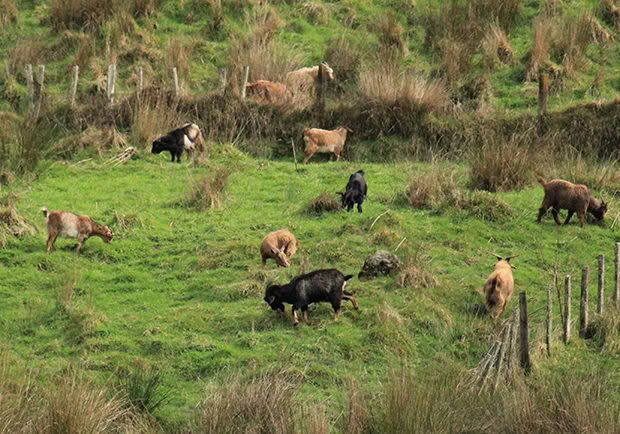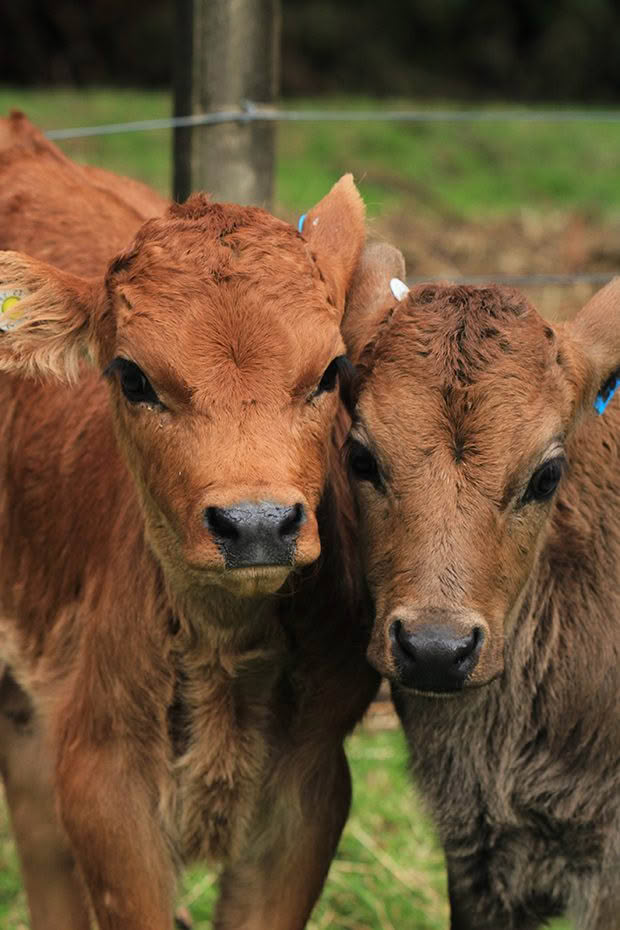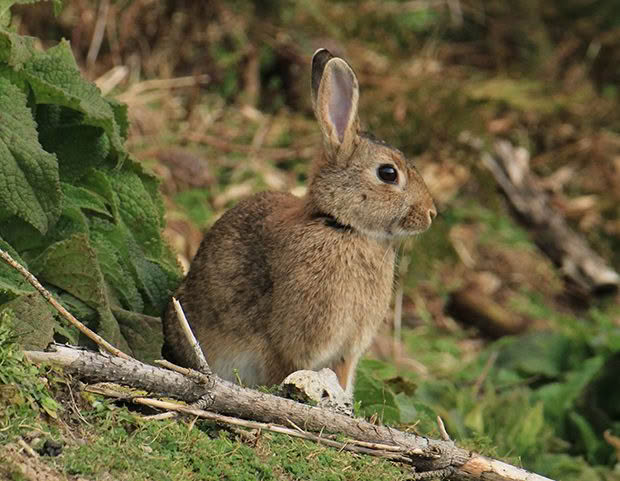Rebecca Stewart: All creatures great and small

Spring is here, and with it comes many livestock considerations.
Photos: Summer Stewart
With a paddock of lambs and goat kids calling from the hills, we know spring is well and truly sprung. A goat kid cry is eerily like a child calling for their mother, but the goat mums’ return “Maas” are harsh and loud in the still cold air.
The early morning mists roll through our valley staving off any frosts so far but still, our fingers are numb when we return to the house from the morning chores of feeding the stock and doing the lambing beat.
As a child I both loved and hated the lambing beats which involves roaming the large paddock near the house and scrambling up a steep hill in search of ewes or lambs in trouble. It is always in hope that everything will be just fine and we can feel the joy of new life and lambs at play. But sometimes there is sadness when we come across lifeless lambs, their spark gone before it even had a chance to flicker.

So far this year we have had no issues (touch wood) and are currently sitting at 200 per cent lambing. But it is all in the numbers as that simply means of the three ewes who have birthed, we have six lambs; a single, twins and triplets. With three yet to birth, one of which usually throws triplets, we should have 12 lambs this year and thus maintain our strong percentage. It is a small mob, but all we need as we breed for our meat, not sales. We are thinking of downsizing the sheep flock as we prefer beef.

Cattle are better at increasing the health of our land and we think it is sad that cattle get such a bad rap. They offer such benefits as walking compost machines spreading life across the landscape in the form of their steaming manure pads. Cattle harbour the same critters in their stomachs that we are trying to increase in our soil and so the resulting manure is pure gold. It is important that we care for all creatures on our land both great and small.
We have no calves due this year as we have not had a bull in with our girls. When a neighbour asked if we wanted any bobbies, we thought about it for a bit and decided to get two. On the way to pick them up, however, this changed to wanting four. If we are going through the process of feeding calves, we might as well make maximum use of our little calf-pen space and the fact that we borrowed a five-calf feeder. And so, the cattle on our land have increased two hundred per cent too.
It is a fine line that we walk with some of our paddocks still recovering post-pine harvest. If we have another damp summer like last year, we will have lots of pasture. But if it dries out as it did the previous summer, there will be veal in the freezer. As we work for the future we must also be prepared for the setbacks and learn to adapt or accept what life throws at us.
One such issue is the prolific increase in our rabbit population this spring. Rabbit management will have to step-up a notch if we are to prevent the loss of fresh spring pasture growth and newly planted tree lucerne. This tree lucerne is destined to be stock fodder, not rabbit food. Fortunately, our cats have decided to help with the rabbit problem though finding half a baby rabbit on the bathroom mat is not the best thing.

Our cattle have been invaluable in helping to bring the land back to health, as they push through the areas still covered with pine debris. They forage the edges, converting the fodder trees’ deep-mined minerals to readily accessible nutrients for building our soil life. Additionally, as homegrown pasture-raised beef is one of the most nutritious foods we can produce, it just feels right having cattle on the land.
Read more about the benefits of having cattle on the land and how to make your own simple dairy products in our book Life on Fodder Farm available in all good bookstores now.

